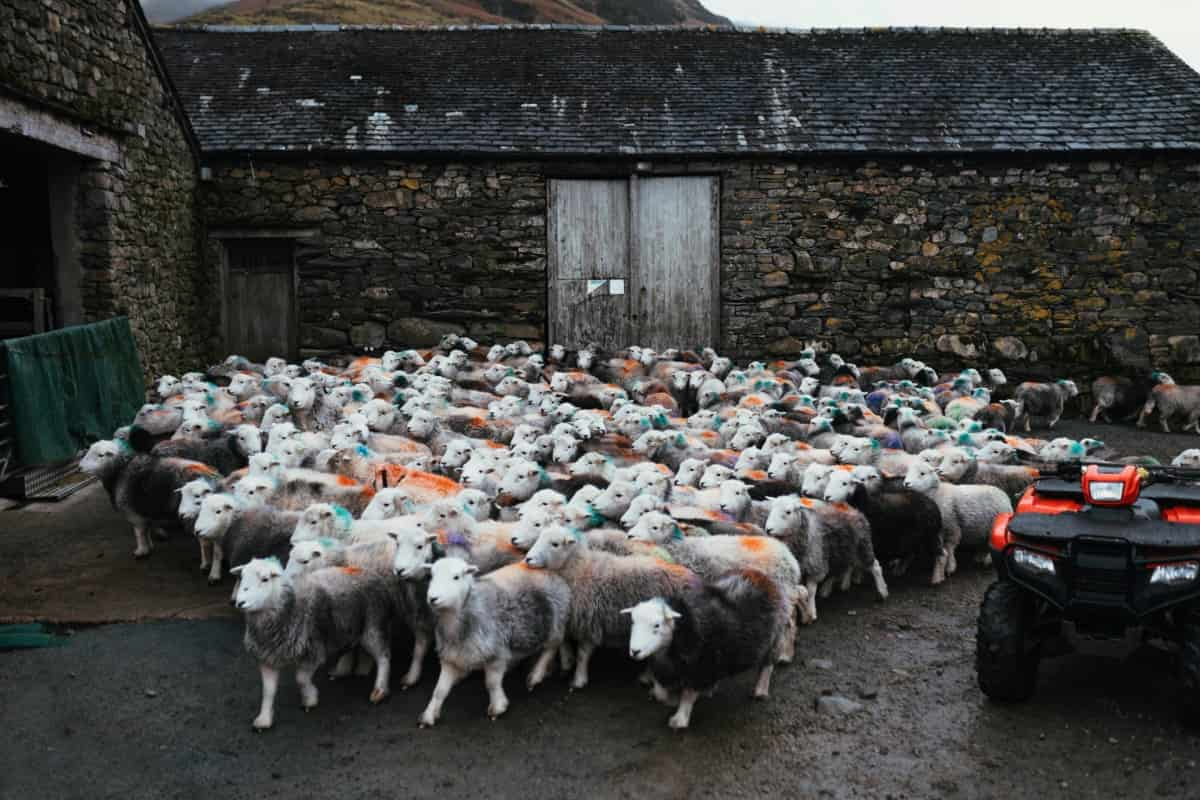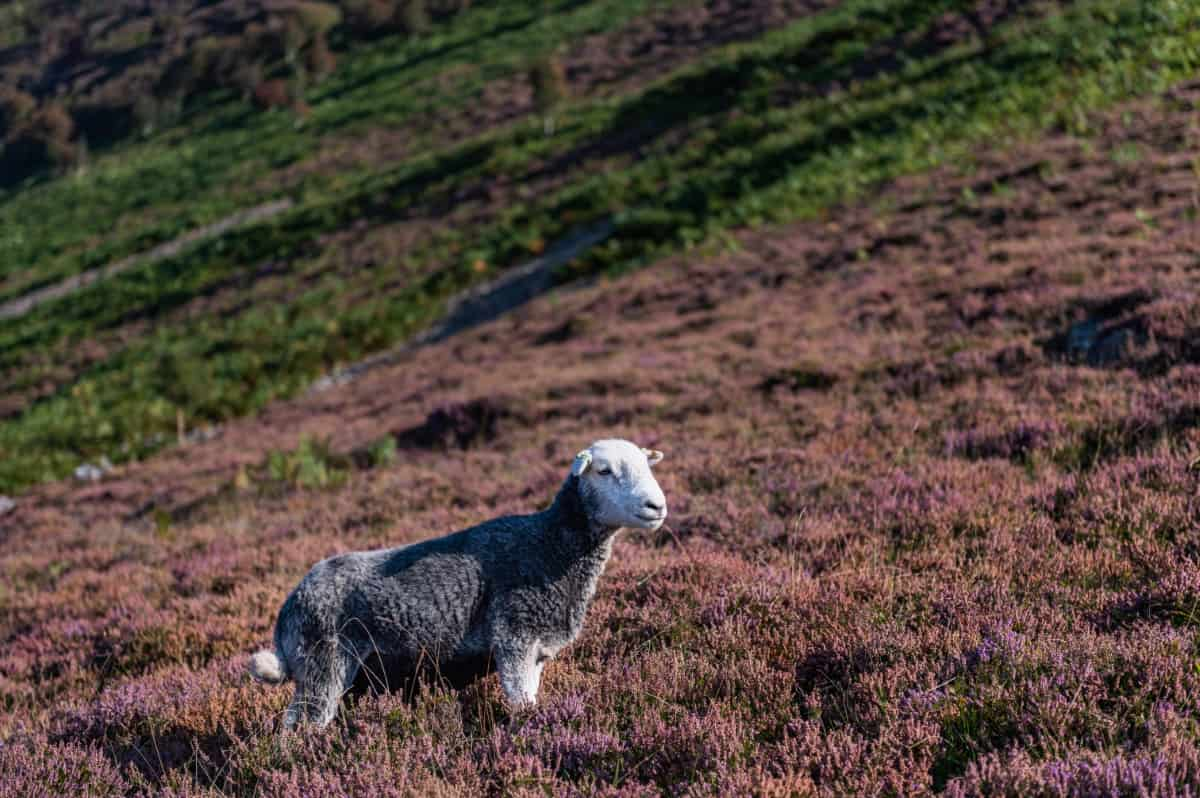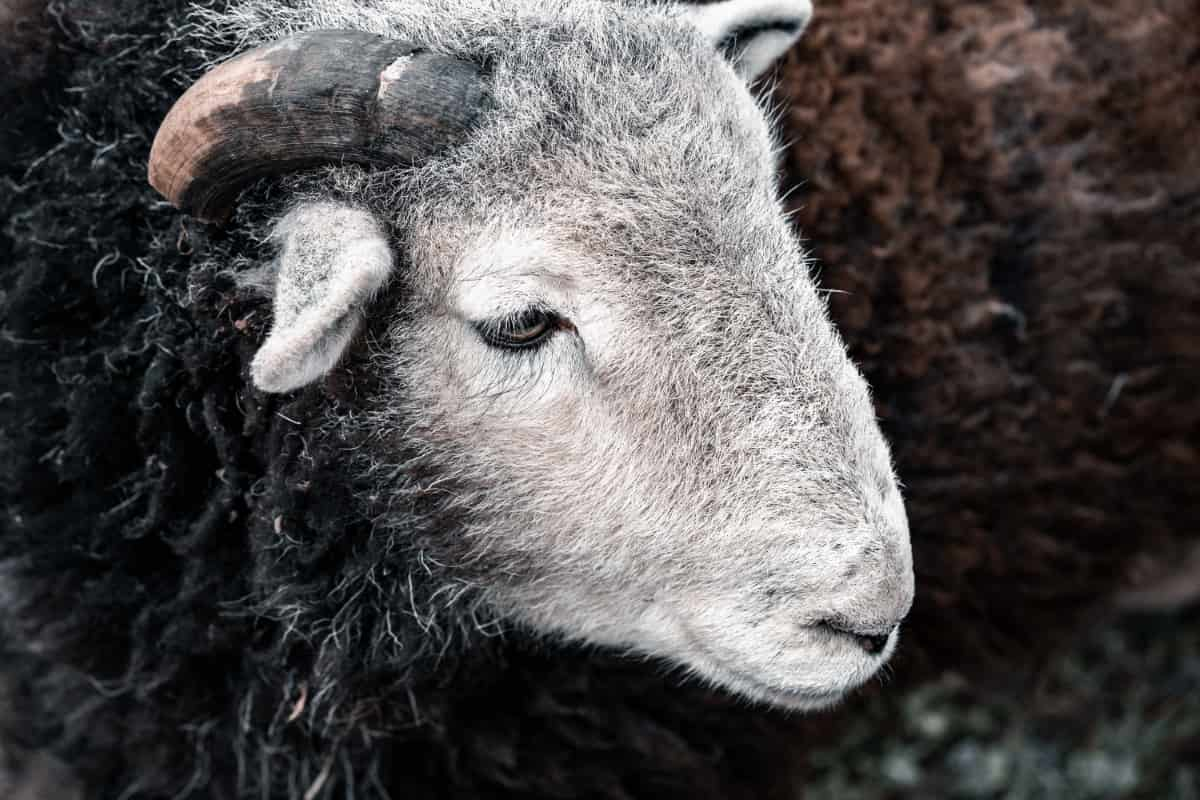Herdwick sheep, a hardy breed native to the Lake District in the UK, are renowned for their robustness and adaptability, making them a staple in British agriculture. Known for their distinctive grey fleece, Herdwick sheep are integral to sustainable farming practices, contributing to wool and meat production. This guide delves into their origin, physical attributes, and the essentials of Herdwick sheep care, shedding light on breeding practices, habitat preferences, diet, health, and the multifaceted uses of this cherished breed.
Introduction to Herdwick Sheep
Origin and History
Herdwick sheep have a storied past, deeply rooted in the Lake District’s rugged terrain, where they have been raised for centuries. Believed to have been introduced by Norse settlers, Herdwicks are a testament to the region’s agricultural heritage. Their evolution has equipped them to navigate the challenging landscape, making Herdwick sheep conservation an important aspect of maintaining this historical lineage.
Physical Description
Herdwick sheep are easily recognizable by their thick, grey fleece and sturdy build. Adult Herdwicks exhibit a white face and legs, with rams showcasing impressive horns. This physical makeup not only defines their appearance but also protects against the elements crucial for survival in their natural habitat.
Herdwick Sheep Price
The price of Herdwick sheep can vary widely based on age, quality, and purpose, ranging from £50 for lambs to over £100 for breeding-quality adults. These figures reflect the breed’s value in farming and conservation sectors.
Herdwick Sheep Lifespan
Herdwick sheep are known for their longevity, typically living between 10 to 12 years. This extended lifespan indicates their hardiness and the effective care practices their keepers implement.
Herdwick Sheep Size
On average, Herdwick ewes weigh about 45 to 60 kg, while rams can weigh up to 90 kg. Their height at the shoulder ranges from 60 to 75 cm, underscoring their robust yet manageable stature.

Raising Herdwick Sheep
Characteristics of Herdwick Sheep
Physical Traits
The defining physical traits of Herdwick sheep, including their dense, dual-coated fleece, are essential for insulation and protection against the wet, cold climate of their native hills. The colour of their wool transitions from black in lambs to grey in adults, a unique characteristic among sheep breeds.
Behavioural Traits
Herdwick sheep are renowned for their hardy nature and excellent foraging ability, traits honed over generations. They possess a strong flocking instinct, coupled with their territorial knowledge, making them invaluable in managing the Lake District’s landscape.
Breeding and Reproduction
Breeding Practices
Breeding Herdwick sheep is a carefully managed process to preserve the breed’s genetic integrity and resilience. Selective breeding practices ensure the continuation of their desirable traits, such as hardiness and quality wool production.
Lambing and Care of Young
Herdwick lamb care is pivotal, starting from birth in spring. Lambs are nurtured to withstand the harsh conditions of their environment, with attention given to their dietary and shelter needs to ensure a healthy start in life.
Habitat and Living Conditions
Preferred Habitat
Herdwick sheep habitat is predominantly the upland areas of the Lake District, where they graze on the fells. This terrain, characterised by its rough grassland and heather, provides an ideal environment for Herdwicks, reflecting their adaptation to less fertile lands.
Adaptations to Environment
The breed’s remarkable ability to thrive in challenging conditions results from centuries of adaptation. Herdwick sheep have developed a natural resilience, with their thick fleece and foraging behaviour allowing them to survive in the variable climate of their upland habitats.
In case you missed it: How to Raise Babydoll Sheep: Farming Facts, Profile, and Care

Diet and Nutrition
Feeding Habits
Herdwick sheep’s diet primarily consists of the natural vegetation in their upland grazing areas, including grasses, heather, and shrubs. This diet, rich in nutrients, supports their health and productivity, particularly in wool and meat production.
Nutritional Requirements
The nutritional needs of Herdwick sheep are met through a combination of pasture grazing and supplementary feeding during harsher weather conditions or when natural forage is scarce, ensuring their well-being throughout the year.
Health and Welfare
Common Health Issues
Herdwick sheep are resilient but face common health issues like foot rot, which causes lameness, and flystrike, where flies lay eggs on the sheep, leading to painful conditions. Other concerns include parasitic infections and respiratory problems, particularly in damp, cold environments. Addressing these health challenges promptly is crucial for the herd’s overall well-being.
Preventative Care and Treatments
Preventative care for Herdwick sheep includes regular vaccinations, parasite control measures, and maintaining clean, dry living conditions to prevent disease outbreaks. Treatments often involve antibiotics for bacterial infections and antiparasitic drugs for internal and external parasites. Farmers also adopt biosecurity measures to prevent the introduction and spread of diseases within the flock.
Uses of Herdwick Sheep
Wool Production
Herdwick wool is known for its durability and is primarily used in carpeting and speciality textiles. Despite its coarse nature, it is valued for its natural colours and insulation properties. Wool from Herdwick sheep is processed through cleaning, carding, and spinning, contributing to traditional and modern textile industries.
Meat Production
Herdwick sheep are also raised for their meat, which is noted for its distinctive taste. Herdwick lamb and mutton are valued in culinary traditions for their rich flavour, reflecting the breed’s diet and free-range lifestyle. The meat market for Herdwick sheep supports local agriculture and contributes to the breed’s economic sustainability.
Conservation Grazing
Beyond wool and meat production, Herdwick sheep play a vital role in conservation grazing. They manage landscapes and promote biodiversity by grazing on tough vegetation, helping to maintain healthy grasslands and prevent overgrowth. This ecological service helps preserve the natural habitat and supports various wildlife species.
Shearing and Wool Management
Shearing Techniques
Shearing Herdwick sheep is an annual practice that requires expertise to ensure the animal’s comfort and maximise wool quality. Proper shearing techniques help prevent cuts and injuries to the sheep, and the timing of shearing is crucial to ensure the sheep’s comfort during warmer months.
Wool Processing and Uses
After shearing, Herdwick wool undergoes processing, including cleaning, carding, and spinning. The wool’s unique qualities, such as its durability and natural insulation, make it suitable for various applications, from traditional crafting to modern textiles, highlighting the importance of effective wool management.
In case you missed it: Ultimate Guide to Raising Ile De France Sheep: Farming Facts, Breed Profile, Uses, and Care

Challenges in Raising Herdwick Sheep
Environmental Challenges
Raising Herdwick sheep in their native mountainous terrain presents environmental challenges, including harsh weather conditions and predation risks. These factors require careful management and adaptation strategies to ensure the flock’s survival and well-being.
Economic Considerations
Economic challenges in raising Herdwick sheep include fluctuating market prices for wool and meat, high maintenance costs for health and welfare, and the need for sustainable farming practices. Farmers must navigate these economic considerations to maintain the viability and tradition of Herdwick sheep farming.
In case you missed it: The Ultimate Guide to Raising Swaledale Sheep: Care, Breeding, and Farming Tips

Conclusion
Raising Herdwick sheep is a tradition-based practice essential for sustainable agriculture and conservation in their native habitats. Despite facing various health, environmental, and economic challenges, the diverse uses of Herdwick sheep, from wool and meat production to conservation grazing, underscore their invaluable contribution to farming communities and ecosystems. Effective management and conservation efforts ensure the breed’s longevity and prosperity.
- Feed Your Flock for Less: Top 10 Tips to Save on Chicken Feed
- Ultimate Guide to Ossabaw Island Hog: Breeding, Raising, Diet, and Care
- Hatching Answers: The Top 10 Reasons Your Chickens Aren’t Laying Eggs
- Eggs and Economics: Breaking Down the Cost of Raising Backyard Chickens
- Defend Your Greens: Proven Methods to Keep Iguanas Out of Your Garden
- Ultimate Guide to Cinnamon Queen Chicken: A Comprehensive Guide for Beginners
- Ultimate Guide to California Tan Chicken: Breeding, Raising, Diet, Egg-Production and Care
- Ultimate Guide to Marsh Daisy Chicken: Breeding, Raising, Diet, and Care
- 10 Types of Chicken Farming Businesses You Can Start for Profits